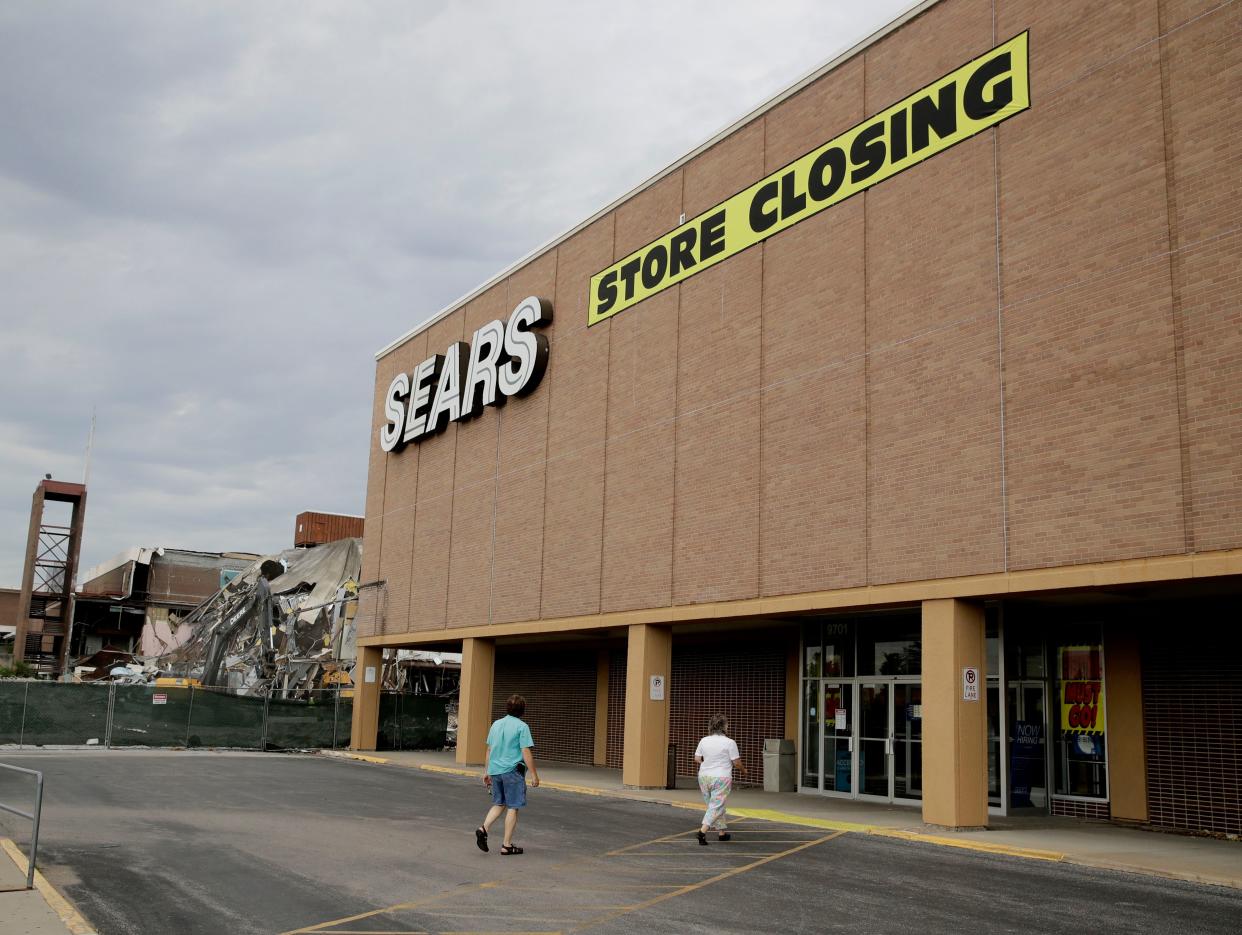Weak Sales at ‘B’ Malls, Store Closures Gives Fitch Ratings the Jitters

Fitch Ratings has warned of some likely “negative rating movement” for commercial mortgage-backed securities, or CMBS, that have “high concentrations” of loans tied to regional malls and outlets. The ratings firm specifically cited “Class B and C malls” in loans approaching maturity.
Melissa Che, senior director for CMBS at Fitch, said weak performance trends have resulted in negative rating outlooks for these more vulnerable malls and outlets. She noted that Fitch has already given negative outlooks on 83 malls and outlets.
Related stories
How Retail Ranks in Optimove's New Performance Benchmark
Aly Raisman Is Making Women Feel Comfortable in Their Clothes -- One Collection at a Time
What Trade War? The Chinese Consumer Is Back
Che said there are 72 loans — worth approximately $6.2 billion — that are secured by regional mall and outlet properties. The CMBS’s are connected to loans from 2010 to 2012 and mature over the next three years. “These loans represent approximately 20 percent of the total Fitch-rated transactions for the same period,” she added.
Che cited a variety of factors for the ratings firm’s concern with these maturing loans and the impact on CMBS’s. “Considering the changing retail landscape and increasing number of retail bankruptcies and store closures, we are closely tracking exposure to malls in our rated CMBS transactions,” Che said in the report. “Class B and C malls, in particular, are driving weaker loan performance as they generally have less favorable locations, weaker anchor profiles and are particularly vulnerable to competition, both from other malls and Internet sales.”
The Fitch director went on to say that declines in foot traffic and sales “have led to additional store closures with increasing mall vacancies affecting property-level cash flow, thus putting pressure on loan performance.”
The Fitch Report was released as retail analysts examine root causes for declining sales in large pockets of the market. David Berliner, restructuring and turnaround services partner at BDO, said in a separate report that the economy, which may be slowing, is still somewhat strong. He and his team of analysts described a bifurcation in the market between distressed retailers and those who are succeeding in the current climate.
“We expect retail sales will continue to rise in 2019, although not at the same levels seen in 2018,” Berliner said in the report. “Weaker 2018 holiday season results are likely to impact top line sales figures in early 2019, while margins for distressed retailers continue to be under some pressure. In addition, the U.S. remains oversaturated with brick-and-mortar retail locations, with this excess retail footprint costly to reduce in the short term.”
Berliner acknowledged that there are several “unknowns” that could impact the retail sector this year. “There are potential obstacles that could tip the scales unfavorably for retailers, such as rising uncertainty and interest rates,” Berliner said. “The stability of the stock market and energy prices likely have the strongest potential to disrupt the U.S. economy in the first half of 2019. Uncertainty over the continuing trade tensions with China and the ongoing threat of potential additional tariffs may also hinder sales.”
For his part, Berliner sess traditional types of retailers being most vulnerable. “At the same time, the pronounced shift in consumer spending over the past several years will continue to hamstring weaker brick and mortar retailers, particularly those in apparel, department store and specialty merchandise categories,” he added.
BDO stated in the report that there were nine retailers that filed for bankruptcy protection over the past six months, which resulted in about 5,000 stores closures. And so far this year. 12 retailers have announced store closures of 25 or more units.
Sign up for WWD's Newsletter. For the latest news, follow us on Twitter, Facebook, and Instagram.

